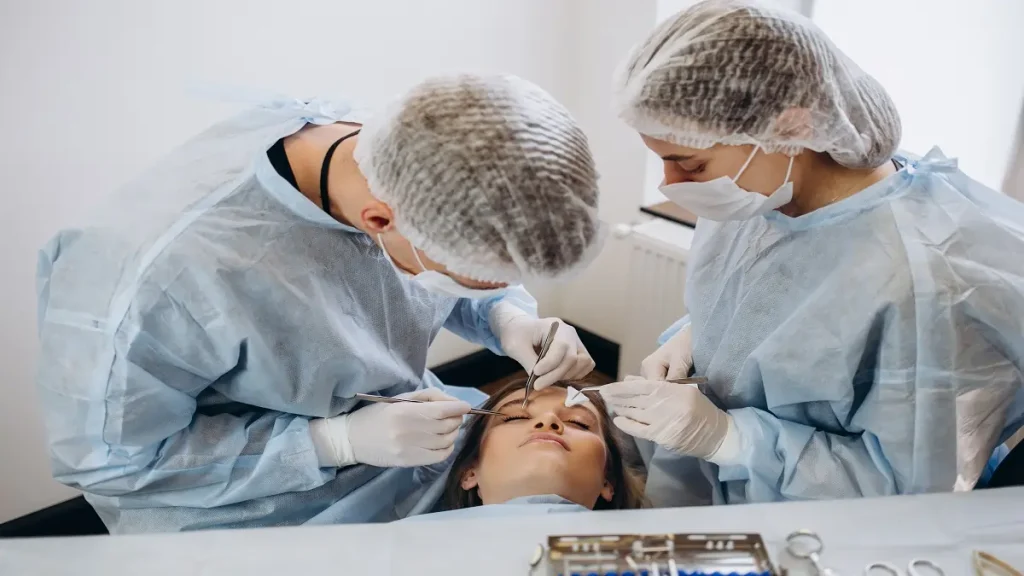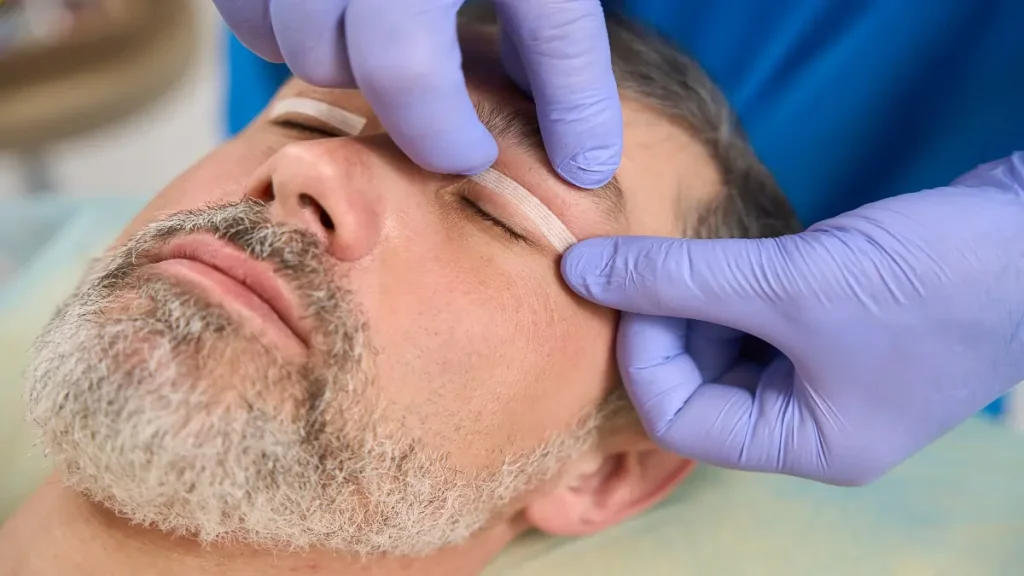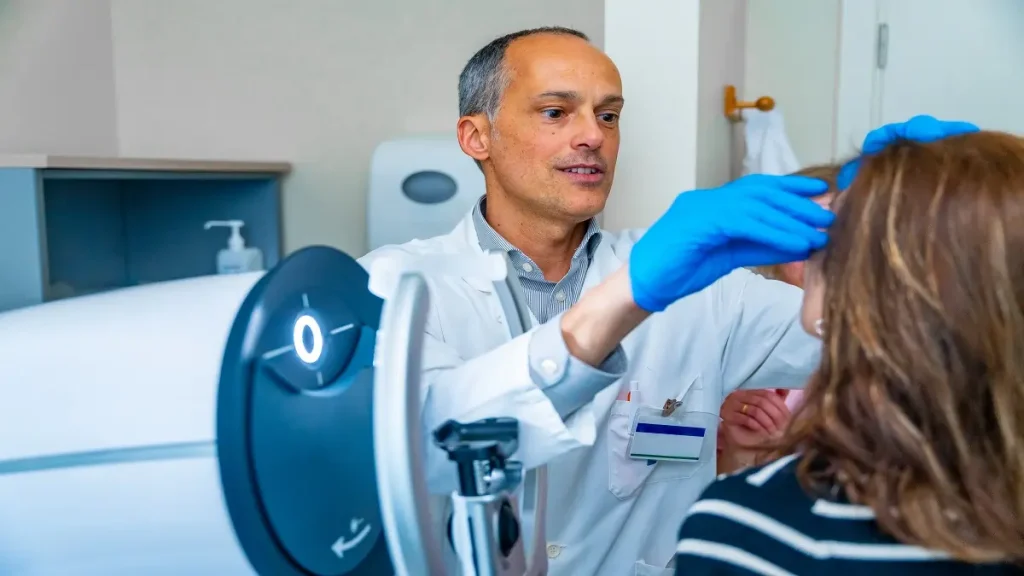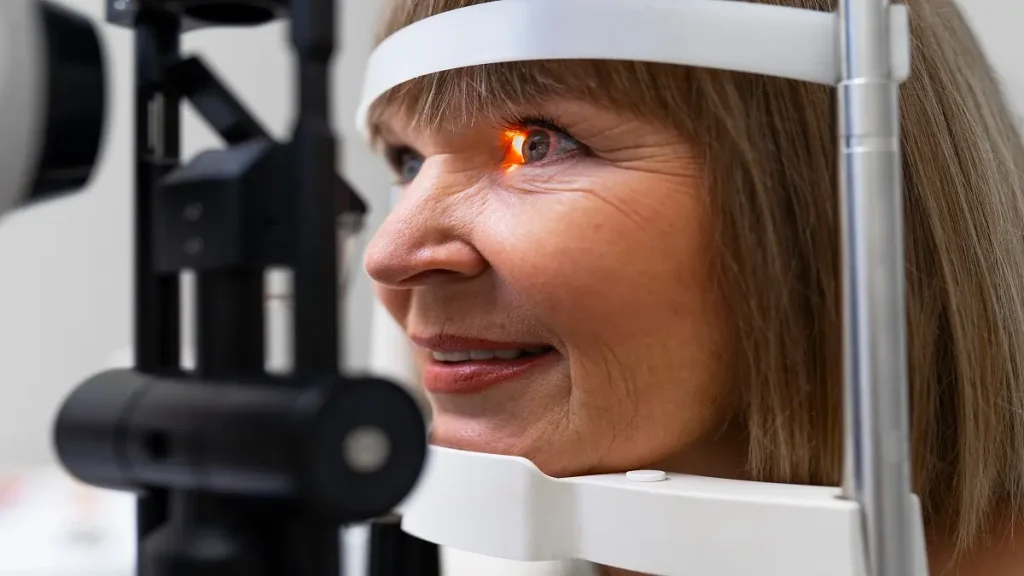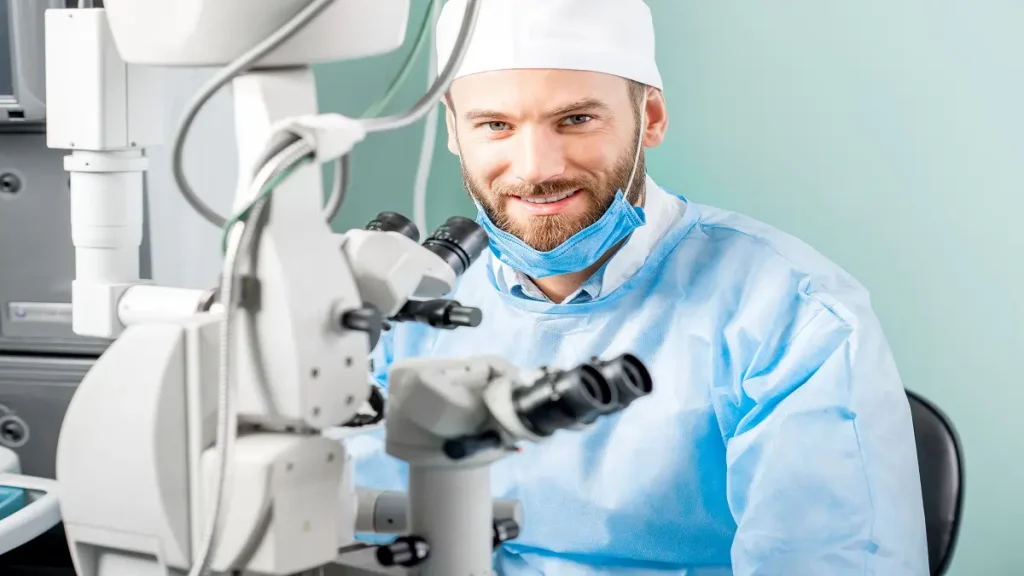Dry eye and chemosis are two conditions that can affect the eyes, causing discomfort and affecting vision. While both conditions are separate, they often occur together and share similar causes and treatments. Understanding these conditions is crucial to receive proper treatment and alleviate symptoms.
Dry eye syndrome, also known as keratoconjunctivitis sicca, occurs when the eyes do not produce enough tears or tears evaporate too quickly. Dry eye can result from various factors, such as age, hormonal changes, certain medications, environmental conditions, or underlying health conditions like diabetes or autoimmune disorders. Common symptoms of dry eye include redness, itching, a gritty sensation, blurred vision, and increased sensitivity to light.
Chemosis, on the other hand, refers to the swelling of the conjunctiva, the clear tissue that covers the white part of the eye. It is typically caused by the inflammation of blood vessels in the conjunctiva, resulting from allergies, infections, or irritants like dust, smoke, or chemicals. Symptoms of chemosis include swelling, redness, excessive tearing, and a feeling of irritation or foreign body sensation in the eye.
The link between dry eye and chemosis lies in inflammation. Dry eye can lead to inflammation of the conjunctiva, which can trigger chemosis. Additionally, chemosis itself can contribute to dry eye symptoms by disrupting the tear film, causing further discomfort and dryness.
Treatment for dry eye and chemosis often involves managing inflammation and optimizing tear production. Artificial tears, which mimic the composition of natural tears, can provide lubrication and relief for dry eye symptoms. Additionally, doctors may prescribe anti-inflammatory eye drops or ointments to reduce inflammation and promote healing.
For more severe cases, punctal plugs may be recommended. These tiny plugs are inserted into the tear ducts to block drainage, helping tears to stay on the eye’s surface for a longer time. In some cases, oral medication or steroid eye drops may be prescribed to address underlying conditions or manage severe inflammation.
Self-care measures can also aid in managing dry eye and chemosis symptoms. Avoiding prolonged screen time, taking regular breaks, using a humidifier, and protecting the eyes from dry or windy environments can provide relief. Wearing sunglasses outdoors and avoiding known allergens or irritants can also help reduce chemosis symptoms.




